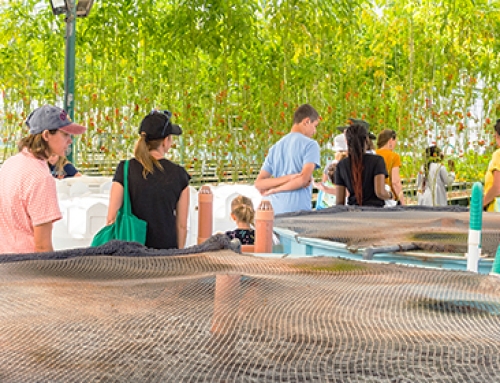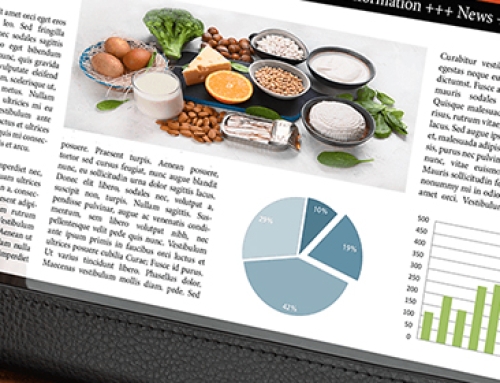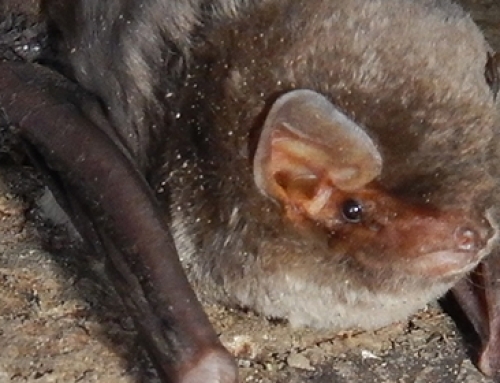The results of a study carried out by IZSVe have been published regarding the feasibility of avoiding tail docking in Italian heavy pigs.
Tail biting is a hardly manageable abnormal behaviour in swine, with potentially severe health consequences (injuries, abscesses, pyemia). European animal welfare legislation prohibits routine tail docking for preventing tail biting later in life. In fact, before carrying out this procedure other measures shall be taken to prevent tail lesions, such as reducing stocking density and providing adequate amounts of manipulable material (e.g. straw by racks).
Despite this, as for the majority of other Member States, in Italy routine tail docking (carried out few days after birth with neither anesthesia nor analgesia protocols) represents the mostly applied control measure.
Previous studies have identified some major risk factors for tail biting which are commonly present in intensive production systems:
- a high stocking density
- fully slatted floor
- poor health status
IZSVe study
The aim of the IZSVe study, published on Livestock Science, was to evaluate the effect of tail docking on the welfare of Italian heavy pigs – In Italy pigs are reared up to 160 kg, while in other Member states they are slaughtered at 115-120kg – under the above mentioned challenging conditions.
The results did not demonstrate a generalised welfare endangerment directly related to tail biting in undocked heavy pigs. In fact, both at the weaner and at the finishing phase tail docking did not have an effect on the physiological measures, conflicts, ear and tail biting behaviours, skin lesions on the ears, the front, the middle and the back third of the animals.
However, in the last days of the weaner phase, an outbreak of tail biting triggered by a “biter” was recorded in one pen of barrows. Moreover, at the finishing phase undocked pigs showed a higher prevalence of mild tail lesions (thus lesions were observed also in docked pigs!) and a lower frequency of belly nosing behaviour (abnormal behaviour consisting in a pig that persistently thrust the nose towards the belly of another pig, nuzzling the teat and flank areas).
Conclusion
Tail docking can just reduce –not eliminate– the risk for tail biting. However, it is a painful procedure for all pigs in the herd. Moreover, it can promote the occurrence of abnormal behaviours towards other areas of the body (e.g. the abdomen).
The retention of intact tail spares pigs the pain due to tail docking, but might increase the risk for the occurrence and severity of tail biting. However, in this study tail biting has been effectively limited by guaranteeing a suitable environment (i.e. enough space allowance and provision of straw as manipulable material) without provoking health consequences.
Reference
Di Martino G. et al. (2014). The effect of tail docking on the welfare of pigs housed under challenging conditions. Livestock Science, 173, 78–86.







